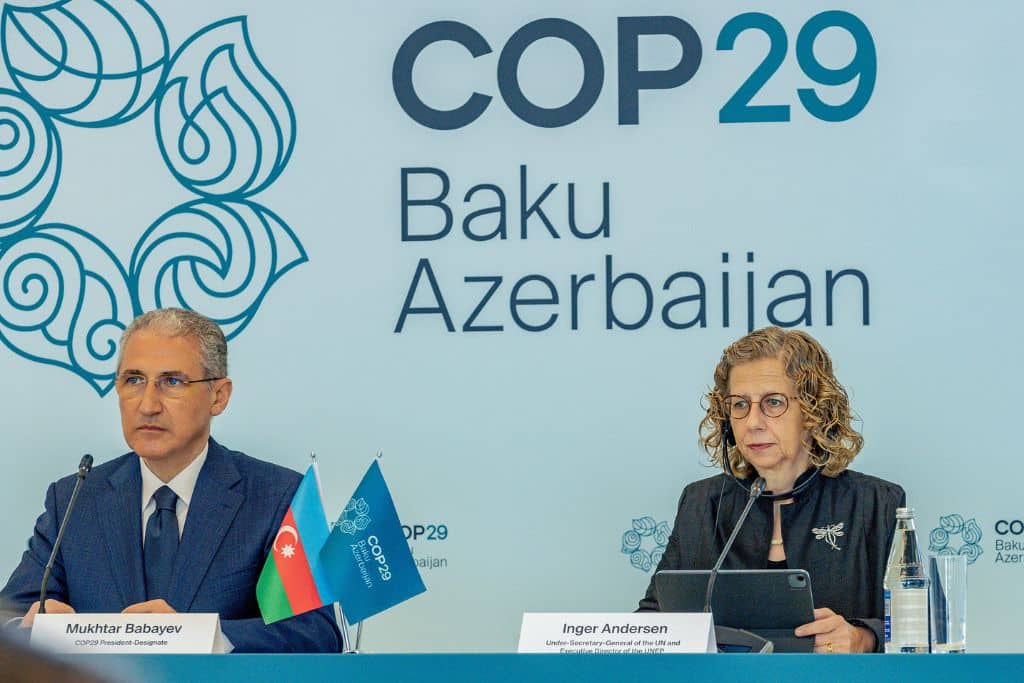
COP29: A Fresh Breeze for the Horticulture Sector
While the outcomes of COP29 remain speculative, the horticulture sector stands to gain from proactive engagement.
As the world eyes the upcoming COP29 climate conference, stakeholders across all industries are bracing for the potential impacts of high-level agreements on their respective sectors. For horticulture, COP29 represents more than just another global event—it could be a pivot point toward a sustainable, resilient future.
In recent years, the horticulture sector has blossomed, contributing significantly to local economies, providing jobs, and beautifying spaces worldwide. Yet, as temperatures rise and climate change intensifies, the very future of this vibrant industry hangs in the balance.
From flower farms in Kenya to sprawling orchards in Europe, growers face increasingly erratic weather patterns, depleted soil, water scarcity, and pest outbreaks—issues that threaten both livelihoods and biodiversity.
The conference could be the horticulture sector’s chance to voice its needs and concerns at the global level. With the spotlight on climate adaptation, COP29 will likely present a suite of strategies to mitigate agriculture’s carbon footprint.
Here, horticulture has a unique edge: it’s an industry deeply intertwined with plants and photosynthesis, offering potential as a carbon sink. Through innovative practices like vertical farming, sustainable pest management, and eco-friendly packaging, horticulturalists can reduce emissions and lead the charge toward greener agriculture.
Water management will also be central to COP29’s agricultural discussions. As droughts and water scarcity worsen, especially in arid and semi-arid regions, horticulture operations may be compelled to adopt more efficient irrigation systems.
Investment in technologies such as drip irrigation and rainwater harvesting could be bolstered by financial mechanisms pledged at the conference. A promising possibility lies in climate finance packages that could subsidize these solutions for smallholder farms, especially those in developing countries.
For countries with significant horticulture exports, like Kenya and the Netherlands, COP29 could shape new trading paradigms as well. Sustainable certification, packaging standards, and carbon-neutral shipping methods are likely topics on the table, pushing the horticulture sector to embrace eco-friendly practices in global trade. Major importers may seek assurances that products are grown with minimal environmental impact, nudging exporters to align with these standards to maintain market share.
The conference may also offer a platform for industry leaders to collaborate on research and innovation. Breeding programs aimed at developing climate-resilient crops, for example, could benefit from the shared resources and funding commitments of participating nations.
This shift could yield hardier plants that withstand heat, drought, and pests, securing crop yields and ensuring the sector’s survival as global temperatures rise.
While the outcomes of COP29 remain speculative, the horticulture sector stands to gain from proactive engagement. By leaning into sustainable practices, championing water conservation, and embracing eco-friendly standards, horticulture can not only weather the storms of climate change but thrive within them. For growers worldwide, COP29 may just be the fresh breeze they need to turn a challenging season into an era of opportunity.

